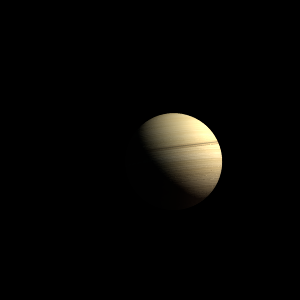|
|
Space Astro
|
Info for exoplanet "Wakoga'se"
| Scientific (actual) data |
|---|
| Name | BD+03 2562 b |
| Planet status | Confirmed |
| Mass sini | 6.4 |
| Orbital period | 481.9 |
| Semi major axis | 1.3 |
| Orbit eccentricity | 0.2 |
| Discovered | 2017 |
| Updated | 2017-06-30 |
| Omega | 218 |
| Tperi | 2453730 |
| Publication | Published in a refereed paper |
| Detection type | Radial Velocity |
| Mass measurement type | Radial Velocity |
| Star name | BD+03 2562 |
| Right ascension | 177.57° |
| Declination | 2.76° |
| Mag v | 9.58 |
| Star distance | 2618 |
| Star metallicity | -0.71 |
| Star mass | 1.14 |
| Star radius | 32.35 |
| Star age | 5.25 |
| Star temperature | 4095 |
| Wikipedia article | BD+03 2562 b |
Back
| |
| Fictional info (?) |
|---|
| Suggested name | Wakoga'se |
| Planet type | Cold planet |
| It is the coldest planetary atmosphere in its solar system, with a minimum temperature of 85°K (-188°C), and has a complex, layered cloud structure with argon thought to make up the lowest clouds, and xenon the uppermost layer of clouds.
The volume of water detected has been estimated to be equivalent to the volume of water in Earth's oceans. |
| Atmosphere | Xenon | 65% |
| Argon | 13% |
| Molecular hydrogen | 12% |
| Water vapor | 8.3% |
| Formaldehyde | 0.75% |
| Carbonyl sulfide | 0.08% |
| Ozone | 0.0018% |
| 2H2O | 1.7E-5% |
| Atmospheric pressure | 25 bar |
 |
| No known satellites |
| Google search for Wakoga'se |
|
Website by Joachim Michaelis
|
|
|
|